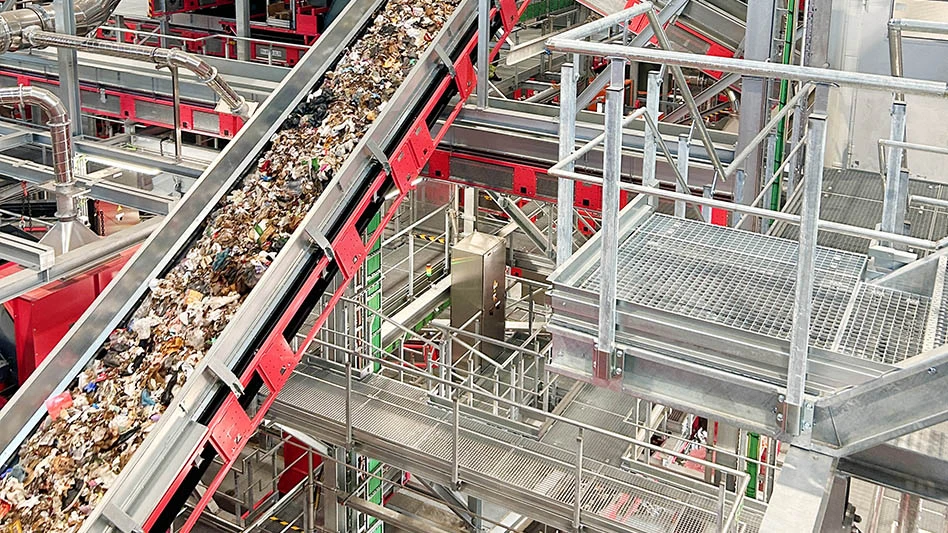Covanta increases revenue, reports $11 million decrease in biomass revenue
Covanta, Morristown, New Jersey, reported it increased revenues by $20 million, from $383 million in the first quarter of 2015 to $403 million in the same period of 2016.
Energy revenue from non-EfW operations decreased by $13 million, primarily driven by an $11 million decrease in biomass revenue as a result of economically dispatching facilities and lower market pricing. Covanta closed biomass facilities in Jonesboro and West Enfield, Maine at the end of March.
Waste and service revenue increased by $5 million, while energy revenue decreased by $3 million and recycled metals revenue decreased by $7 million, both primarily driven by lower market prices. Also within North America energy from waste (EfW) revenue, contract transitions resulted in an increase of $3 million. All other revenue increased by $22 million on a consolidated basis.
LaFargeHolcim plans to ramp up waste-derived fuel usage
Cement producer LaFargeHolcim, Jona, Switzerland, has announced its efforts to improve the sustainability performance of its operations. The company calls this its 2030 Plan.
The 2030 Plan targets include water and nature conservation, climate conservation, community efforts and creating a circular economy. These targets, the company says, are supportive of the United Nations’ sustainable development goals in that the company will report its progress transparently.

LaFarge Holcim says it hopes to transform waste into fuel and raw materials for all of its production processes. This includes using 80 million tons of resources made from waste in its operations per year and increasing the volume of recycled aggregates from construction and demolition (C&D) debris and reclaimed asphalt paving by four times.
By 2020, the company says it wants to use more than 60 million tons of waste-derived fuel in its operations per year and use more than 12 million tons of aggregates from C&D debris. By 2025, the company says it hopes to use more than 65 million tons of waste-derived fuel in its operations per year and more than 18 million tons of aggregates.
According to the company, its plan is to produce 40 percent less net CO2 per ton of cement than it did in 1990 and help customers avoid 10 million tons of CO2 released every year from their buildings and infrastructure. The company hopes to use more renewable energy by:
- optimizing the use and performance of its assets producing low carbon power (waste heat recovery units);
- investing or purchasing renewable power when it is economically and technically advantageous; and
- generating renewable energy by optimizing the use of land.
Latest from Waste Today
- US Senate backs reduced cuts to EPA
- ELV Select Equipment, Reworld aid NYPD in secure firearm disposal
- Waste Connections announces Q2 results
- Returnity and Cosmoprof to address reusable bag waste
- SWANA releases report on aging WTE facilities
- New economic assessment reveals cost benefits of California’s SB 54
- Premier Truck Sales & Rental opens new facility
- TeknTrash Robotics, Sharp Group partner on humanoid robot pilot





